Essential Arts: The White House’s controversial plan to mandate Classical architecture
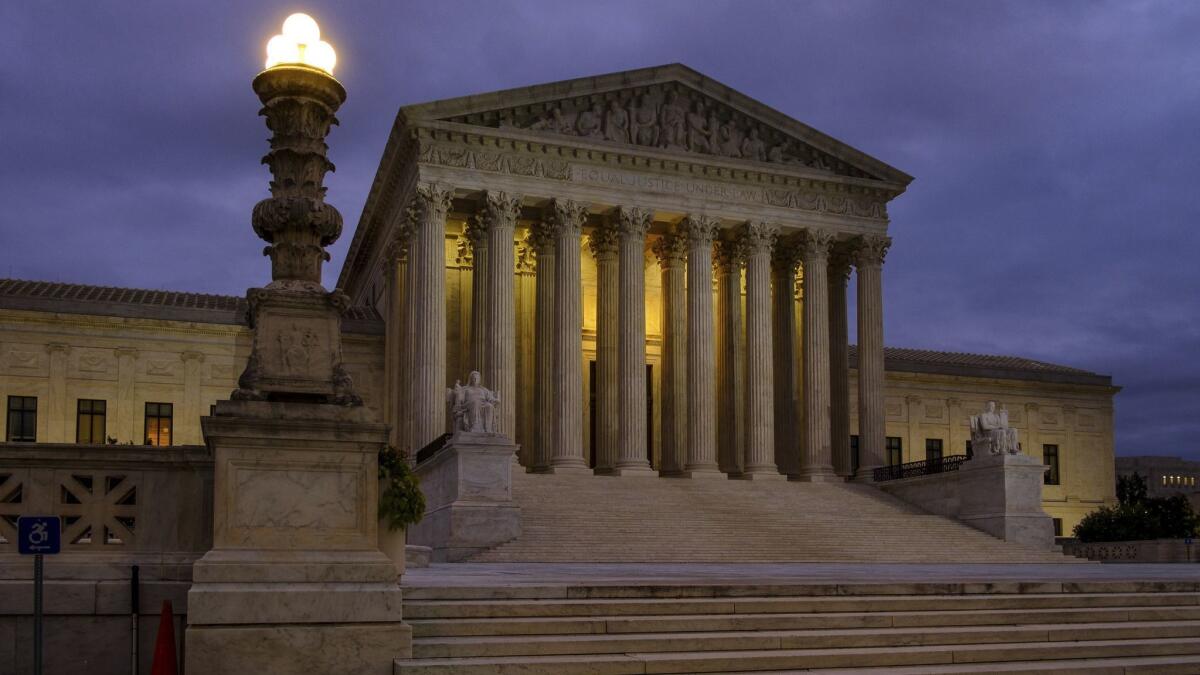
It’s been a doozy this week, with federal design diktats and a bogus Gaugin. I’m Carolina A. Miranda, staff writer at the Los Angeles Times, with your weekly guide to everything culture:
Controversial plan
It has landed like a bomb in the world of architecture.
On Tuesday, the Architectural Record published a report that the White House has been prepping a plan to rewrite the Guiding Principles for Architecture, issued in 1962, that govern how federal buildings are designed. Titled “Making Federal Buildings Beautiful Again,” the draft order states that the founding fathers “attached great importance to Federal architecture” and that these were modeled on “the architecture of democratic Athens and republican Rome.” And that, therefore, Classical architectural styles should be “the preferred styles” for federal buildings going forward.
The plan criticized the General Service Administration’s Design Excellence program for not integrating Classical aesthetics into federal buildings, taking aim at Modernism but reserving special ire for Brutalism and Deconstructivism. Among the buildings it cites as “undistinguished” and “uninspiring” are the San Francisco Federal Building, designed by L.A. architecture firm Morphosis, which was completed in 2007.
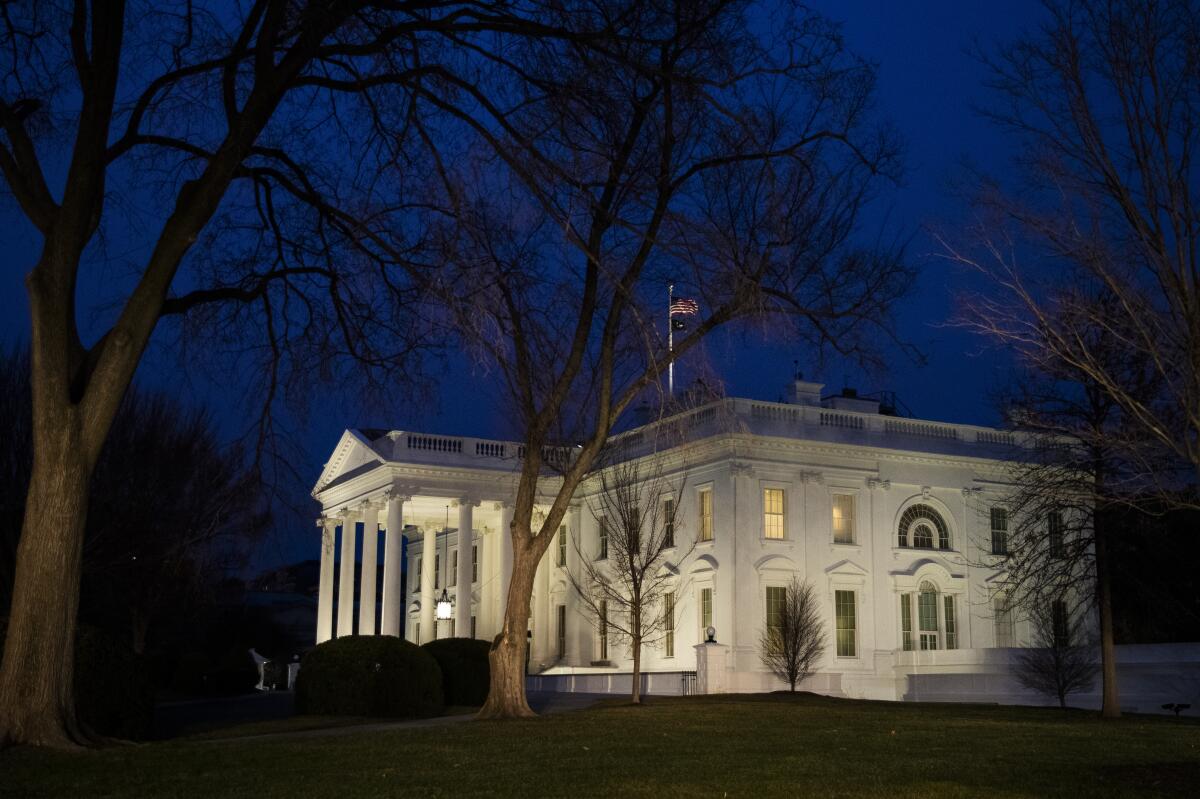
The plan is still in draft form (you can read the whole thing here), but the outcry in the architecture community has been strong and swift. The American Institute of Architects immediately issued a statement that it “strongly opposes” the measure and that “architecture should be designed for the specific communities that it serves, reflecting our rich nation’s diverse places.”
Kriston Capps at Citylab critiqued the ways in which such an edict could be used by the government “to ban disfavored styles.”
The New York Times’ Michael Kimmelman notes that under this proposal, a building such as the critically acclaimed National Museum of African American History and Culture would have never been built. And the Chicago Sun-Times editorial board describes the proposal as “such a bad idea,” noting that Chicago’s beautifully composed Federal Plaza, by Mies van der Rohe, would also not exist.
Mark Lamster at the Dallas Morning News writes that the controversy distracts from more important issues in the field, “the potentially catastrophic effects of climate change, persistent housing shortages and energy efficiency, to name just the most obvious.”
Make the most of L.A.
Get our guide to events and happenings in the SoCal arts scene. In your inbox once a week.
You may occasionally receive promotional content from the Los Angeles Times.
All of it raises the issue of what it means to forcibly mandate architectural styles — evoking the work of Albert Speer, who devised the architectural aesthetics of the Nazi regime, a style partly based on the symmetries of Classical aesthetics. Archinect’s Antonio Pacheco has a great history on how those aesthetics came to be: The Germans partly adopted their style from those that emerged from Washington, D.C., during the early 20th century.
Others who mandated building styles: Italy’s Benito Mussolini and Spain’s Francisco Franco. Fascist architecture, it’s a thing.
The foul whiff of dictator aesthetics aside, architectural mandates such as these would be especially onerous in a place like Los Angeles, which, with its Mexican roots, has never had a strong tradition of Neoclassical architecture. And, which, through the 20th and 21st centuries, has been the site of so much groundbreaking Modernist, Postmodern and Deconstructivist design. This includes innovative midcentury homes by the likes of Richard Neutra and Richard Schindler, the ebullient Walt Disney Concert Hall by Frank Gehry and the seismic-looking Caltrans building in downtown Los Angeles by Thom Mayne, the Pritzker Prize-winning founder of Morphosis.
One of the most recent federal buildings produced in Los Angeles, the U.S. District Courthouse at First and Spring Streets in downtown, was designed in a contemporary, Modern style by Skidmore, Owings & Merrill. When the building was completed in 2016, Christopher Hawthorne, who then served as architecture critic for The Times, described it as “an unusually polished work of civic architecture.” Its interior is graced with a multistory photographic installation by L.A. artist Catherine Opie.
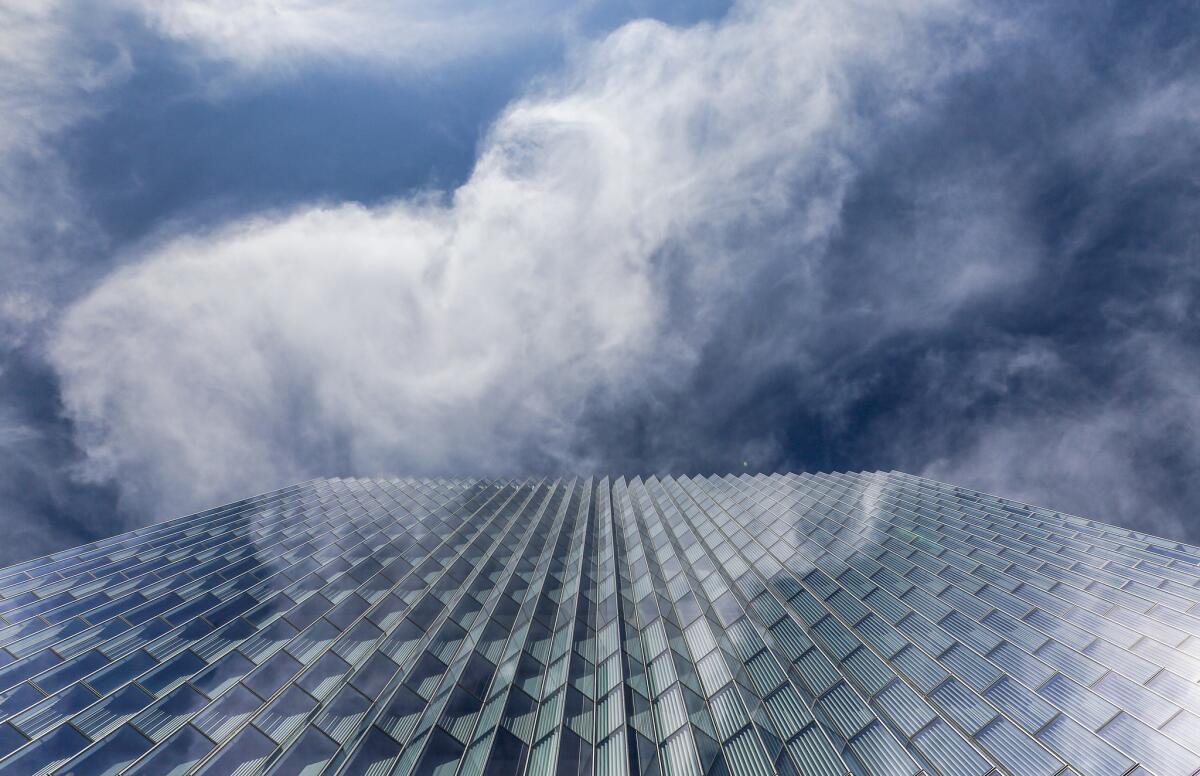
My strongest personal association with Neoclassicism comes from visiting my grandparents’ tombs in Santiago, Chile, where the most ostentatious mausoleums were frequently built in the Neoclassical style. Which is kind of appropriate: If this plan does indeed become law, we will be burying our culture alive.
Now, on to the news...
Gauguin, going, gone
A sculpture of a head with horns in the collection of the Getty Museum that had once been attributed to Paul Gauguin has quietly had its status changed to “unknown.” The sculpture, for which the museum may have paid about $3 million, has long been the subject of sleuthing by a collector named Fabrice Fourmanoir. The Times’ Jessica Gelt has a fascinating story-behind-the-story on how this all went down.
Classical music notes
Classical music critic Mark Swed reports that L.A. has been in a Nordic/Icelandic state of mind, with a Green Umbrella concert organized by composer Daníel Bjarnason and pianist Víkingur Ólafsson, and the premiere of Thurídur Jónsdóttir’s “The CV of a Butterfly” at Disney Hall (with Bjarnason conducting). “This is butterfly as sensibility,” he writes of the latter, “as color and fantasy just out of grasp.”
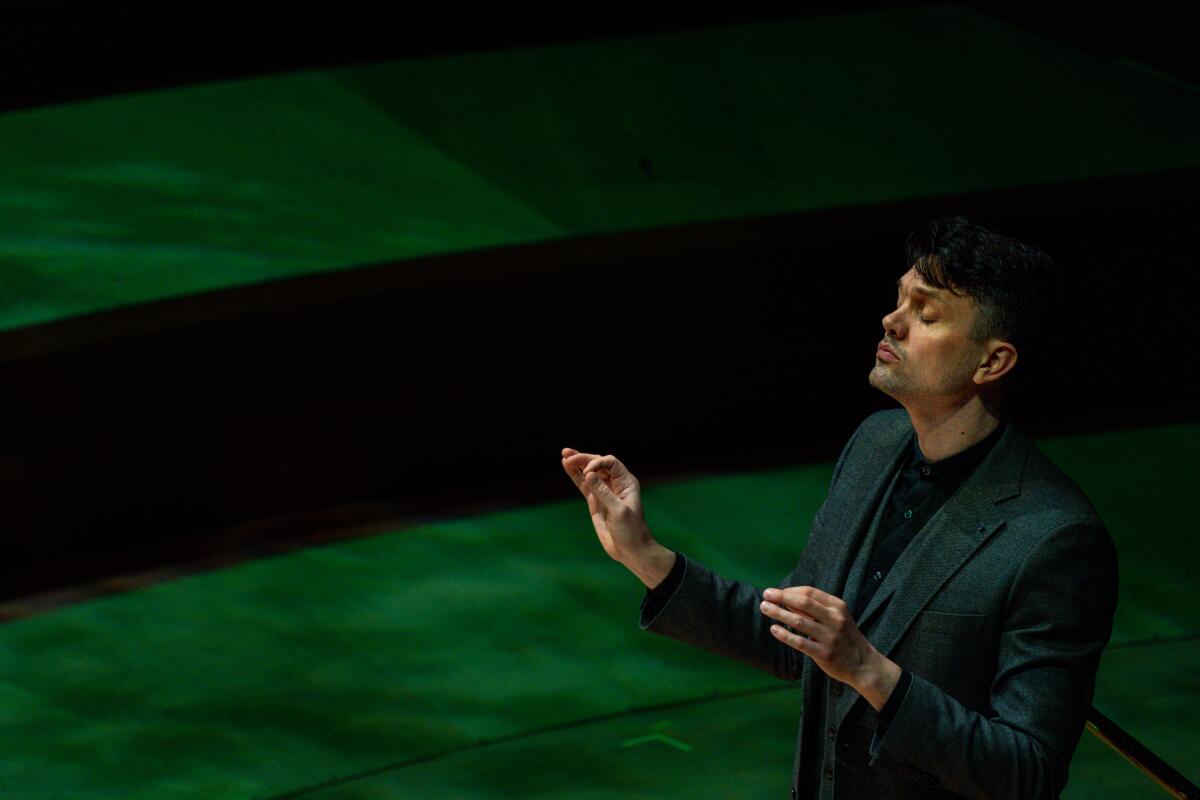
Swed reviews a concert led by Catalan conductor and viol virtuoso Jordi Savall that explored some little-known works of Iberian Baroque. The show highlighted the “subtle intersection of cultures in a Spain that was more than a kingdom of cultural grandeur.”
Matthew Aucoin’s anticipated opera “Eurydice” just premiered at the Dorothy Chandler Pavilion. “At its best, it is gratifying grand opera,” writes Swed. “It is, though, both a step forward and a step back for a young composer trying things out.”
Enjoying this newsletter? Consider subscribing to the Los Angeles Times
Your support helps us deliver the news that matters most. Become a subscriber.
My colleague Deborah Vankin reports that the L.A. Phil has announced its 2020-21 Disney Hall season lineup, which will spotlight artists from throughout the Americas and contend with issues such as slavery and incarceration.
An organizer of a Shanghai Chinese Orchestra concert in Costa Mesa canceled the event over concerns about coronavirus, even though the musicians had been touring the U.S. in good health since Jan. 20. Jessica Gelt reports.
In (and out of) the galleries
Times reporter Julia Barajas sits down with painter Ramiro Gómez, whose canvases frequently depict the ways in which often invisible Latino laborers maintain the picturesque landscapes of Los Angeles. “It’s because of my parents’ labor that I now have this fantasy,” Gómez tells her, “this ability to be creative and express myself.”
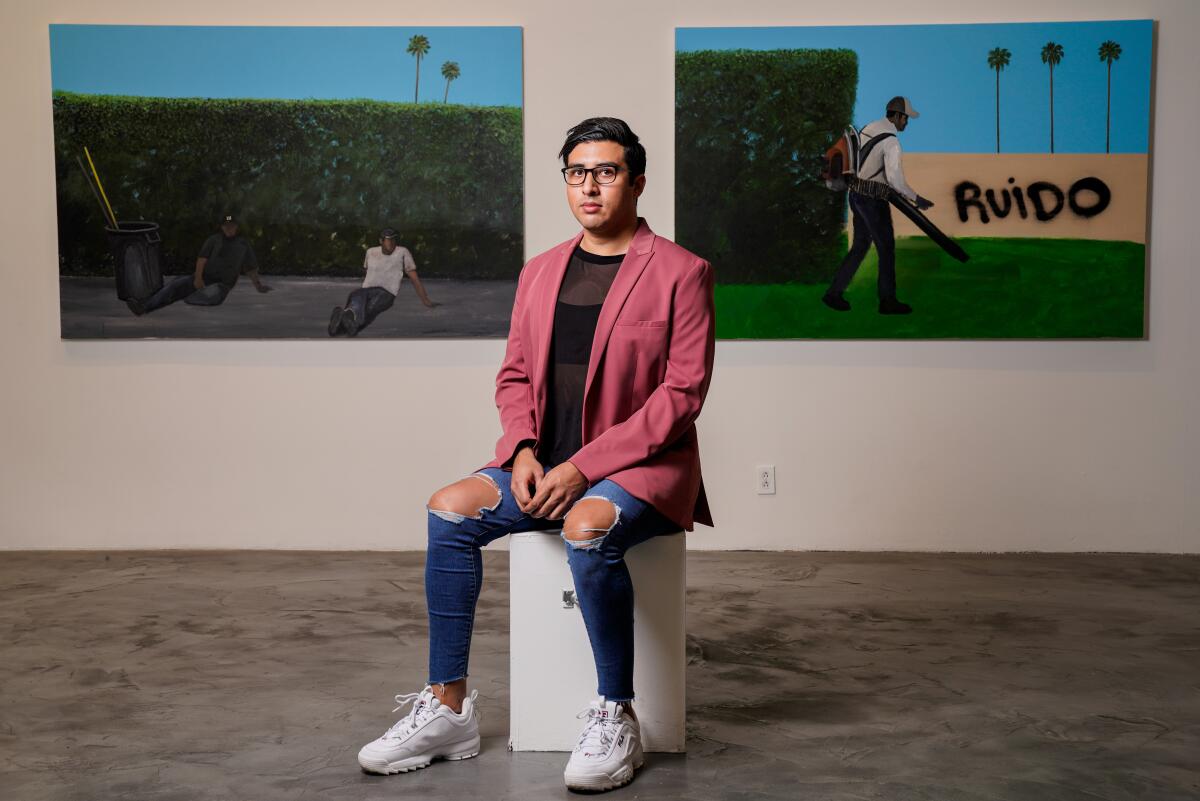
Gustavo Arellano has a fascinating story about how a mural in Pomona that was intended to honor Native Americans caused anger instead.
Contributor David Pagel reviews a new exhibition by Lezley Saar at Walter Maciel Gallery that consists of a series of shrines to conjurers known for their supernatural powers — works that marry “realistic details and fantastic apparitions.” Meanwhile, Sharon Mizota, looks at exhibitions by artists Hank Willis Thomas and Tomashi Jackson that explore the nature of color in its various guises.
On the stage
The 1963 musical comedy “She Loves Me” is currently being revived by South Coast Repertory and it is the “equivalent of a giant sundae,” writes Times theater critic Charles McNulty. “This theatrical dessert might seem sickeningly indulgent. But once you dig in, it’s pretty hard to resist.”
Times culture reporter Ashley Lee attended (endured?) “For the Love of a Glove,” an expletive-laced musical parody inspired by Michael Jackson that features dance numbers with the KKK and songs about physically disciplining children. “This is the stuff of ‘Family Guy’ cutaways and ‘Saturday Night Live’ sketches that don’t make it out of the writers room,” reports Lee.
Things are busy on L.A. stages. Philip Brandes has a look at a “smartly acted” double bill of Sam Shepard plays, “The Unseen Hand” and “Killer’s Head,” courtesy of Odyssey Theatre Ensemble. He also reviews a staging of Václav Havel’s “Largo Desolato,” an absurdist look at the paranoia of the Soviet era.
Contributor F. Kathleen Foley reviews Del Shores’ latest play, “This Side of Crazy,” which “straddles the line between the comedic and the serious — not always successfully,” as well as Bob DeRosa’s “Gifted,” which revolves around a special power: the ability to see the romantic fate of any couple just by looking at them.
Road Theatre Company is currently staging Carlos Lacámara’s “Nowhere on the Border,” and contributor Nikki Munoz reports that its “adept acting and direction” help spotlight “one of today’s most topical issues.”
In other theater news: “Hamilton” will be jumping from stage to screen. Ashley Lee reports that Disney is going to be creating a filmed version of the musical with the original Broadway cast.
And The Times’ Makeda Easter chronicles a new effort at the Geffen Playhouse to develop more works of theater engaging African American themes.
Design time
Paul Revere Williams, the architect who became the first African American member of the American Institute of Architects and had a hand in shaping the look of Los Angeles, is now the subject of a new documentary on PBS SoCal. The doc plumbs his life but also examines broader issues of diversity in design.
As the building nears completion, The Times’ Deborah Vankin got a special tour of the Renzo Piano-designed Academy Museum of Motion Pictures (a.k.a. the Death Star). She also hung with the museum’s new director, Bill Kramer, who says of the project, “Los Angeles has never had a movie museum of this scale. ... Now it’s finally happened.”
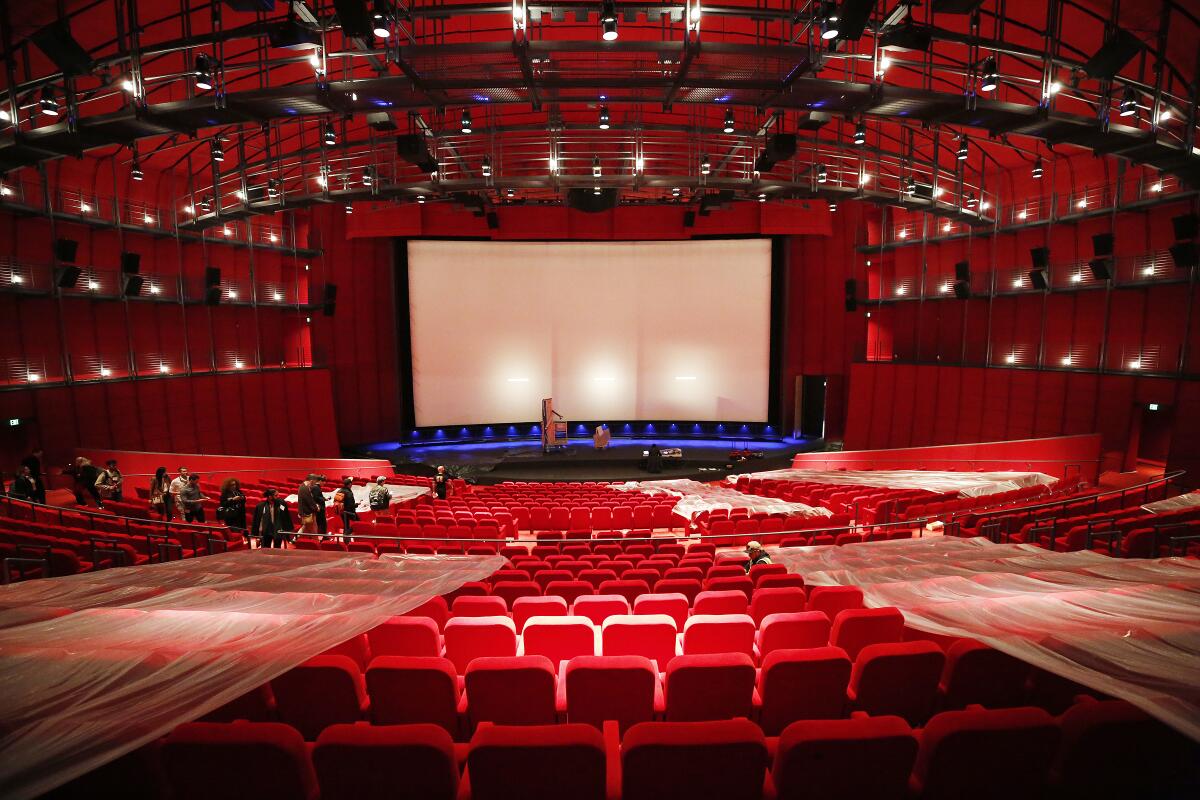
Since we’re on the subject of the Academy Awards: I geeked out and watched all of the nominees for best picture, looking at the ways in which they used architecture to further the narrative. The films — which include “Parasite” and “Little Women” — are all very different but, taken collectively, they tell compelling stories about the ways in which poor and wealthy divide.
Find all of The Times’ Oscars coverage at this handy link.
Ready for the weekend
Matt Cooper has his essential list of 9 great things to do in L.A. and O.C., including a show by violinist Ray Chen in Laguna Beach.
And I round up all the artsy fartsies in my weekly Datebook, including a show by Ruben Ortiz Torres that fuses car culture with feminist glitter protests. You’ll find all of our listings for dance, museums, theater, classical music and more on our handy Things to Do: Arts & Culture page.
Announcements
We’re making some under-the-hood improvements to this newsletter, and starting next week, it will come from a brand-new email address. When you get it, please add it to your address book so that my lovingly baked missives don’t become lodged in your spam folder. (If you don’t see it in your inbox but do find it in spam, please add it to your contacts too, and mark it “not spam.”)
Any other issues? Email us!
P.S. Also keep an eye out for a special edition of the newsletter next week, which will include our guide to everything Frieze Los Angeles.
Last but not least ...
Note to Hollywood: Alma Mahler deserves a biopic.
The biggest entertainment stories
Get our big stories about Hollywood, film, television, music, arts, culture and more right in your inbox as soon as they publish.
You may occasionally receive promotional content from the Los Angeles Times.




